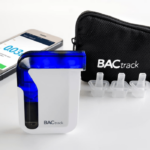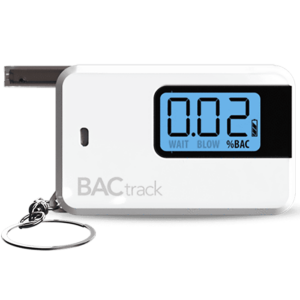There are two types of breath analysers available today. These are Passive or Active breathalysers. Passive breathalysers do not give a BAC estimate, they simply show whether alcohol is present in someone’s system. A Passive breath analyser only needs the subject to speak or blow over the device to sample the breath.For example, the subject may be asked to count to ten. These are useful for workplaces that may have a zero-alcohol policy. Any alcohol on the breath will be picked up.
Passive breathalysers can also be useful in situations where a large number of people need to be tested. For example, all staff are tested through a Passive breathaslyser. Only those that test positive to alcohol are tested with the Active breathalyser. As Passive breathalysers are much faster to use, it speeds up this process for a large group.
Police will also use a Passive breathalyser first to speed up roadside breath tests. Only if you fail this Passive test will they put a mouthpiece into the device and do an Active breath test.
Active breath analysers will give an actual estimate of the amount of alcohol in the blood. An Active breath analyser requires the subject to blow into the device through a mouthpiece for a required amount of time. Active breathalysers are much more accurate then Passive. The air analysed by a passive device can be contaminated by fumes, smoke, or dust, . An active device sample is less likely to be contaminated because of the mouthpiece.
Active breathalysers are more common for personal breathalyser use. There are three main types:































